Low Sperm Motility: Tips for Getting Pregnant
Fertility Treatment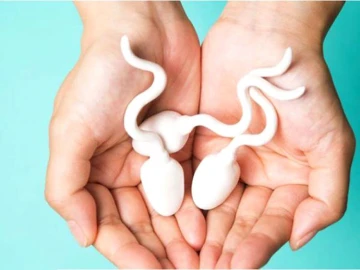
The failure to conceive a child may have various causes for both men and women. Among the most important reasons for male infertility are sperm problems such as low sperm motility, low sperm count, abnormal sperm morphology, thick semen, and azoospermia.
Low sperm motility is a common issue that many couples face when trying to conceive. It refers to the inability of sperm to swim effectively and reach the egg for fertilization. This can significantly reduce the chances of pregnancy and cause frustration for couples who are desperately trying to start a family. Fortunately, various tips and strategies can help get pregnant with low sperm motility. In this article, we will explore some of the most effective techniques and lifestyle changes that can boost sperm motility percentage for pregnancy.
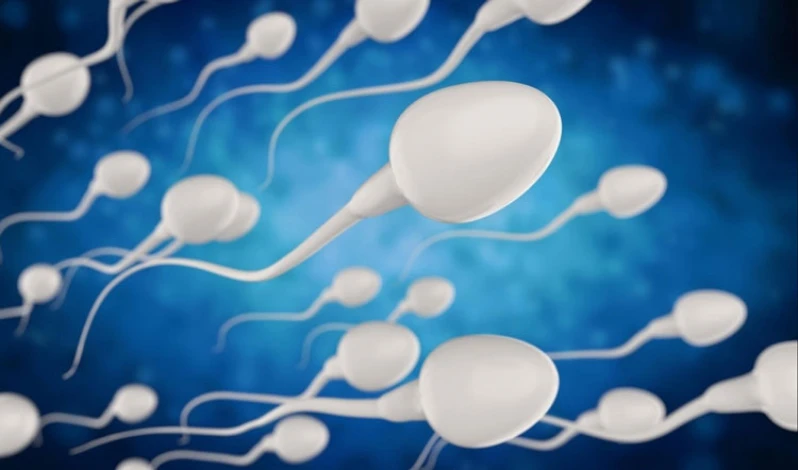
What Is Sperm Motility?
Sperm motility is the movement, or swimming, of sperm. A healthy sperm can reach a motility speed of at least 25 micrometers per second. One of the men's most common causes of infertility is asthenozoospermia (or asthenospermia), the medical term for low sperm motility. In this condition, sperm do not reach and fertilize the egg successfully.
What Causes Low Sperm Motility?
Some factors affecting sperm motility are mentioned in the following:
- Exposure to chemicals, toxins, and harmful radiations;
- Taking certain medications;
- Chemotherapy or radiotherapy;
- Constant exposure to heat or cold;
- Unhealthy habits such as smoking and excessive drinking;
- Abnormalities of the male reproductive tracts;
- Male-specific diseases such as prostate or varicocele;
- Having infrequent sexual intercourse;
- Excessive use of hot tubs or cold showers;
- Damage to the testicles;
- Hormonal imbalance;
- Having testicular cancer;
- Infection of the reproductive tract;
- Previous testicular surgeries;
- Congenital disorders;
- Doing heavy exercises professionally.
Why Do Sperms Swim?
Normal swimming of the sperm is of great importance regarding fertility. Sperms are motile by nature because they must pass through the cervix and fallopian tubes to reach the egg. On the other hand, eggs are non-swimmer cells and only float through the fallopian tube by tiny projections called cilia. On average, each sperm has to swim for 10 minutes to reach the ovulated egg and fertilize it. If the sperms are not motile enough, they will perish on their way to the fallopian tubes by white blood cells.
How Does Poor Motility Sperm Affect Pregnancy?
The way sperm moves is another important factor in creating a pregnancy. There are two kinds of sperm motility, progressive and non-progressive. Progressive motility refers to sperm that move along a straight line or around large circles. Non-progressive movement refers to sperm that can still move but is often slow and not in a straight line. For example, a sperm that vibrates in place would be considered motile but non-progressive.
A sperm that zigzags but makes forward progression would be considered progressive. Normal sperm motility is a condition in which the sperm can swim in the female reproductive tract and reach the mature egg.
How Much Sperm Motility Is Good for Pregnancy?
Usually, each ejaculation of a man contains over 39 million sperm. Not all of those sperm, however, are expected to be completely healthy. Based on the latest findings, the normal sperm motility percentage for pregnancy is around 40. This figure can include sperms with non-progressive movements, so at least 32% of them should show progressive motility. The total motile sperms count of over 20 million is considered to be normal to create a pregnancy, while having lower than 5 million motile sperm is abnormal and reduces the chance of having a successful pregnancy. Also, less than 1 million motile sperm shows a severe fertility problem.

What Is a Normal Sperm Speed for Getting Pregnant?
Sperm motility plays a crucial role in fertility and achieving pregnancy. The World Health Organization (WHO) defines different categories of sperm motility based on the percentage of motile sperm in a semen sample. These categories are as follows:
- Progressive motility (Grade A): This refers to the percentage of sperm actively swimming in a forward direction. According to the WHO, a minimum of 32% progressive motility is normal for a semen sample.
- Non-linear sperm motility (Grade B): refers to the movement pattern of sperm cells that deviates from a straight and linear path. Instead of swimming in a straight line, sperm with non-linear motility exhibit curving, circular, or erratic movements.
- Non-progressive motility (Grade C): This category includes the percentage of sperm not swimming in a straight line but still moving. The WHO states that the normal range for non-progressive motility is 25-40%.
- Total motility (Grade D): This denotes the combination of progressive and non-progressive motility. The WHO considers a range of 40-81% total motility normal.
In a normal semen analysis or spermogram, the ejaculate must contain at least 25% of sperm of grade "A" or at least 50% of spermatozoa combined from groups "A" and "B." The ideal sperm speed for pregnancy is 25 micrometers a second.
How Does Sperm Motility Affect Fertility?
Sperm are initially produced and developed in men's testicles. During ejaculation, millions of sperm cells are set free to find and fertilize an egg. It usually takes 72 days for the sperm cell to be fully mature and gain fertility power. In this stage, following a healthy diet and exposure to standard temperature play important roles in producing healthy, motile sperm.
In the next stage, the mature sperm pass through the epididymis; however, some are lost. Also, the remaining sperms after ejaculation in the man's body are destroyed spontaneously. Therefore, usually, about 100 million sperm gets the opportunity to enter the woman's body.
The sperm also has to pass through another problematic pathway which goes through the vagina into the uterus and reaches the fallopian tubes. The acidic walls of the vagina, which are meant to protect against infection, can damage some sperms. However, a sperm-friendly fluid makes it easier for sperm to move toward the egg during the fertile window.
In this path, many sperm are recognized as foreign cells and attacked by white blood cells, so they move in different directions. The remaining sperm must reach the fallopian tubes to find an egg and fertilize it. However, it is difficult for the sperm to find the fallopian tubes; only a few can reach there. Finally, the strongest and healthiest sperm penetrates the egg, creating a pregnancy.
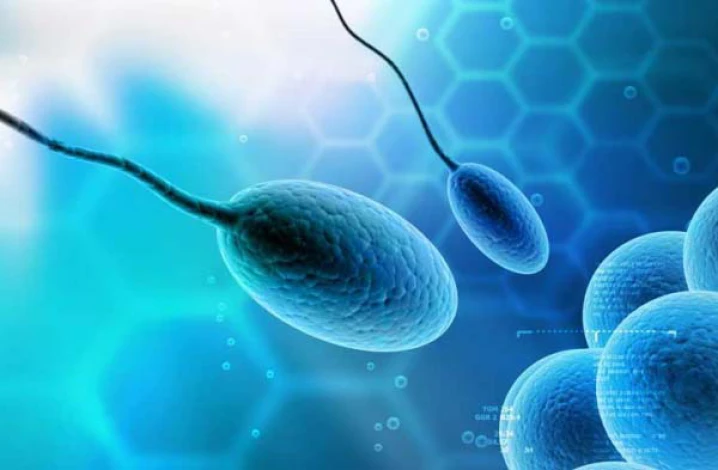
Low Sperm Motility Diagnose
Some tests can be performed to find the cause of infertility; however, receiving the results sometimes may take several months. Semen analysis is an essential male fertility test. At first, the urologist reviews the patient's medical history and performs a physical examination. Next, a semen sample is collected to study sperm formation, size, appearance, speed, and count. Through this test, the physician can find the existence of any disorder and suggest an appropriate treatment for it. Besides semen analysis, blood tests are also performed to look for hormonal problems.
The sample is collected by masturbating into a sterile container to perform a sperm analysis test. It is recommended to avoid ejaculation within 3-5 days before the test so that the quality of semen reaches its highest level. Smoking and alcohol should also be avoided in the days before the test to increase the accuracy of the test results.
Sperm Motility Measurements
The following factors evaluate sperm motility in semen analysis:
- Motile sperm percentage;
- Percentage of motile sperm concentration;
- Average path velocity (VAP);
- Sperm morphology;
- Total Motile Sperm Count (TMSC);
- Semen volume;
- Semen PH.
We will explain the above factors in detail in the following:

Motile sperm percentage
It refers to the number of motile sperm in a single ejaculate, usually presented as millions of cells per ml.
Percentage of motile sperm concentration
This factor shows the density of motile sperm per unit volume of semen. The lower limits of sperm concentration leading to infertility are about 60 million per milliliter (cc). However, if this amount reaches 20 million per cc, there will still be a chance of pregnancy, especially with assisted reproductive technologies. It should also be noted that the sperm count can range from 28 million to 225 million per milliliter.
Average path velocity (VAP)
The VAP factor shows how fast a sperm travel per second (μm/s).
Total Motile Sperm Count (TMSC)
This factor shows how many sperm swim in a single ejaculate, determining the probability of improving male fertility.
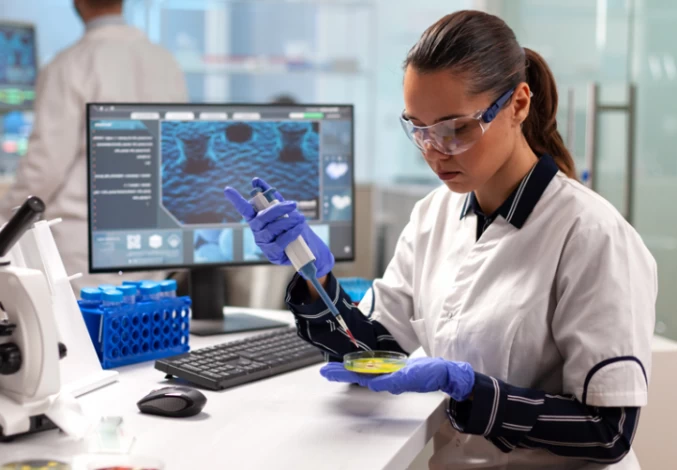
Semen Volume
As said above, the semen volume in each ejaculation affects the chance of fertility. A semen volume lower than an average of 2 to 5 ml per ejaculation may be associated with seminal vesicle problems or prostate gland disorders. More semen volume probably indicates a low concentration of sperm. We should say that the small volume of semen cannot protect the sperm against the acidic fluid inside the vagina. Furthermore, a large volume of semen leads to excessive dilution and increases the possibility of losing sperm inside the vagina.
Semen PH
The semen PH level plays a significant role in sperm function. By measuring the semen PH level, problems such as infection can be identified and treated. The normal semen PH is between 7.2 and 7.8. An acidic ejaculate with lower pH (less than 7.2) may indicate blockage of seminal vesicles, while one with a more pH is usually associated with infections.
Sperm Morphology
The semen sample is examined under a high-power microscope to assess the sperm's morphology. Along with the shape of the sperm, other sperm parameters such as its count, motility, and concentration are examined during the semen analysis (spermogram). Having a few sperms with abnormal morphology is quite normal. Based on studies, if 4% of sperms have normal heads, appearance, width, length, neck, and tail, the man is fertile and can conceive. But as this number declines (0-3%), the male fertility gets impaired, and his chance of conceiving decreases.

How Long Do Sperm Stay Motile?
The survival time of sperm depends on various factors based on environmental conditions. When sperm are inside a woman's body, they can live properly for 4 to 6 days. Therefore, sexual intercourse during the days leading up to ovulation increases the chance of conception.
We should note that motile sperm cannot survive for long in the acidic environment of the vagina. Furthermore, research shows that Y-chromosome-bearing sperm - male gender - are more sensitive to the acidity of the vagina and may die sooner.
When Does Low Sperm Motility Occur?
Low sperm motility occurs when the result of the sperm analysis test shows that half of the sperm do not move progressively at a speed of 25 micrometers per second.
How to Get Pregnant with Low Sperm Motility؟
There are different treatment methods for poor motility sperm. However, they are often not that effective. Low sperm motility usually causes problems such as infertility or false pregnancy, which may lead to abortion or curettage.
It is recommended to treat low sperm motility before trying to get pregnant. However, if no treatment is effective, the following new reproductive methods are available:
- IVF method: In the IVF method, the woman's egg is mixed with sperm in a laboratory, and then the fertilized egg is transferred into the uterus.
- IUI method: During the IUI treatment, sperm is placed directly into the uterus by a small tube. This method solves the problem of the sperm's difficult passage and not reaching the egg.
- Microinjection method (ICSI): Treatment with ICSI and IVF is almost identical. Their difference is in the way the sperm fertilizes the egg. In IVF, the egg and sperm are left in a petri dish to fertilize. In ICSI, one sperm is directly injected into the egg.
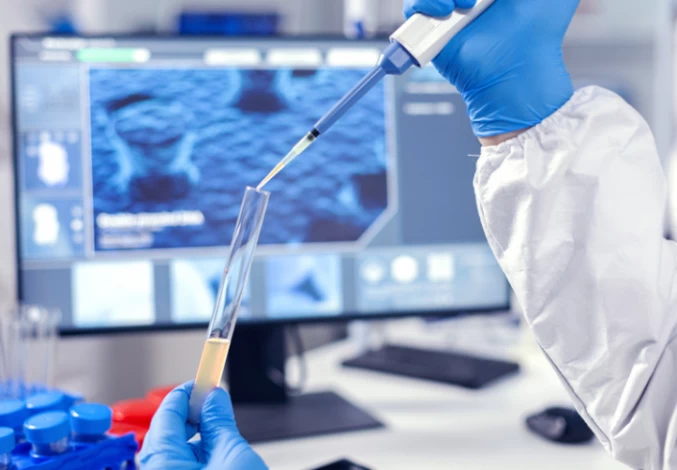
What Is the Lowest Sperm Count for IUI?
As poor motility of sperm affects male fertility, the minimum number of sperm needed for IUI should be estimated. The minimum number of motile sperm needed for the IUI method is usually similar to the same amount in a natural pregnancy. In men without infertility problems, one ejaculation of semen may contain over 39 million sperm. Not all of those sperm, however, are expected to be completely healthy. Therefore, for an IUI to be successful, at least 40% of the sperm should be motile, and at least 32% should show progressive motility.
According to studies, at least 1 million motile sperm counts (TMSC) are needed for a successful IUI. TMSC of less than 1 million indicates very low sperm mobility. It is recommended to perform IUI with at least 5 million moving sperm since, in most cases, 1-5 million motile sperm do not lead to a successful IUI pregnancy.
A total motile count of over 20 to 30 million is considered normal for pregnancy by the IUI method. Low sperm motility is usually diagnosed based on the "percentage" of motile sperm. However, the total "number" of mobile sperm has a better value. Furthermore, a more successful IUI requires using some fertility medication such as letrozole, clomiphene citrate, or gonadotropin.
Improving Sperm Motility with Lifestyle Changes
If the cause of your low sperm motility is a poor lifestyle -not an underlying health issue-, you need to consider the following points to increase your overall sperm motility and count.
- Wear boxers or other types of loose underwear to keep your testicles cool;
- Get regular exercises;
- Avoid sitting on a chair for long hours;
- If you are underweight or overweight, try to reach a healthy BMI;
- Reduce alcohol consumption and avoid smoking;
- Avoid anything that increases your stress level and anxiety, and
- Be careful of your medications, as some affect sperm motility and count.
Conclusion
In sum, sperm motility is one of the four important factors that affect male fertility (the other three are sperm count, morphology, and concentration). Considering normal sperm motility percentage before getting pregnant is crucial as it can save you time, energy, and money. If you have low sperm motility and desire to have children, contact Raadina Co. for free consultations about treating sperm deficiency at an affordable price in Iran.
FAQs about Sperm Motility
What is a good motility rate for sperm?
According to WHO, the normal sperm motility range is between 40 and 80 percent.
What happens if I have non-motile sperm?
If 60% of sperm in your semen are non-motile, you probably need assisted conception methods such as IVF or IUI, or you must take medication to help your sperm move normally. However, if you have both low sperm count and motility, you should consider donor sperm as one of your Infertility Treatment Methods too.
How can I improve my sperm motility?
You can have a more motile sperm by maintaining a healthy BMI, having a healthy diet, quitting unhealthy habits such as smoking and drinking alcohol, being more physical, avoiding stress, and preventing sexually transmitted diseases.
How can I increase sperm motility naturally?
Increasing sperm motility without medication and surgery is hard but possible. To do so, you need to have foods that are sperm friendly (such as fish, fruits, nuts, and legumes), keep your testicles cool, avoid toxins and harmful radiations, reduce your stress, and take vitamins and supplements regularly.
Can sperm motility be checked at home?
Home sperm check kits are now available in some countries but are less accurate than semen analysis.
What is the best medicine for sperm motility?
Vitamin C, Ashwagandha, and CoQ10 supplements, as well as the medications that trigger the pituitary gland to make more luteinizing hormone (LH) and follicle stimulation hormone (FSH), have proved to be the best medicines for increasing sperm motility. If you have low sperm count/motility, your doctor probably asks you to take clomiphene citrate (Clomid) before the start of your fertility treatment.



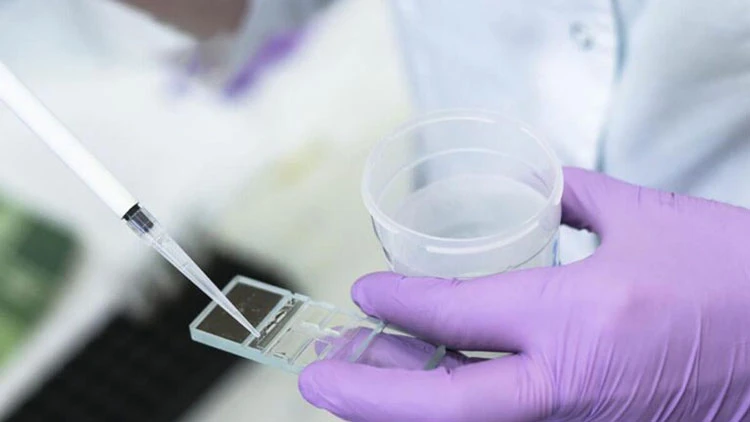
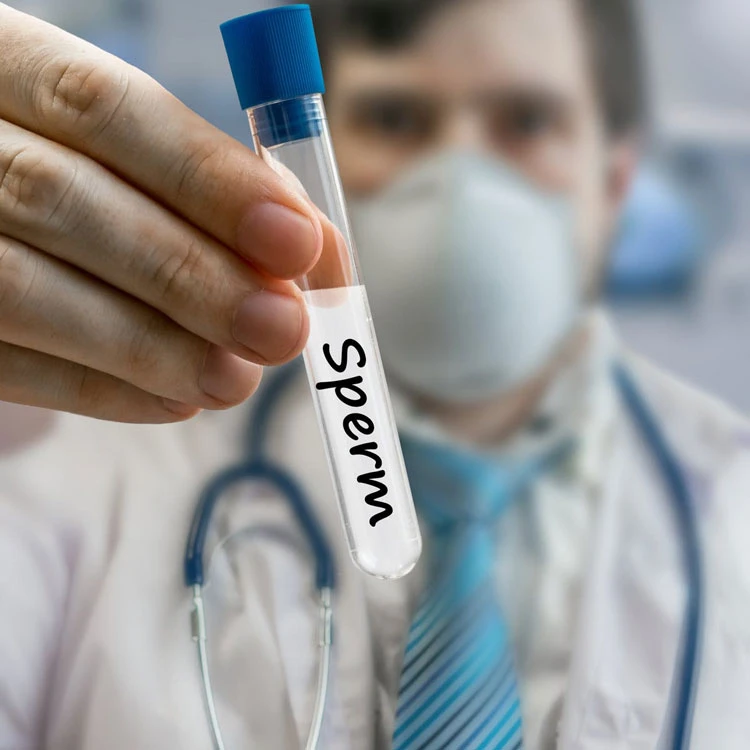


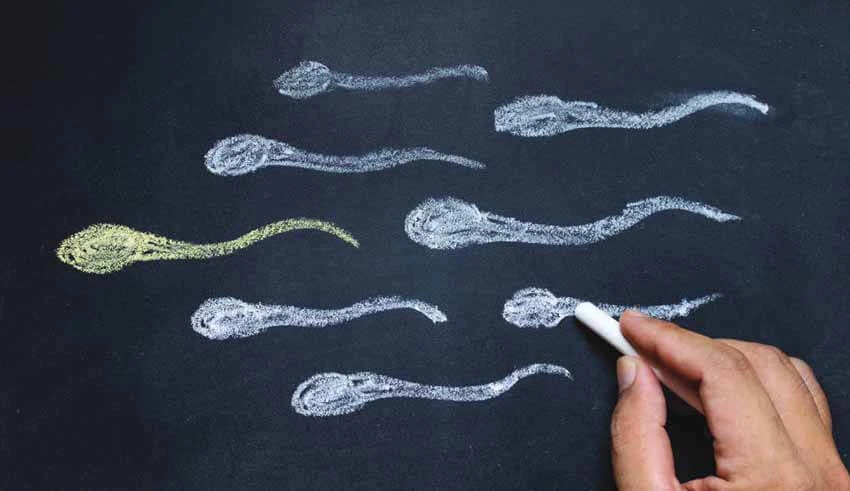
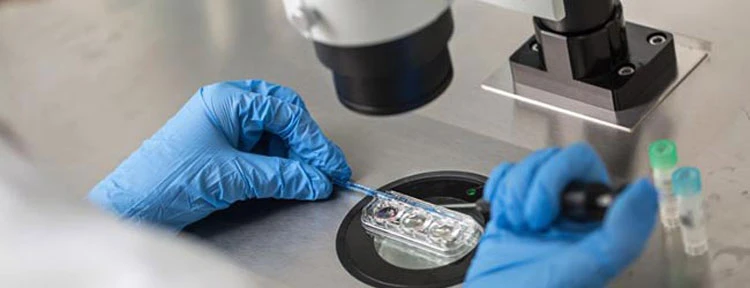

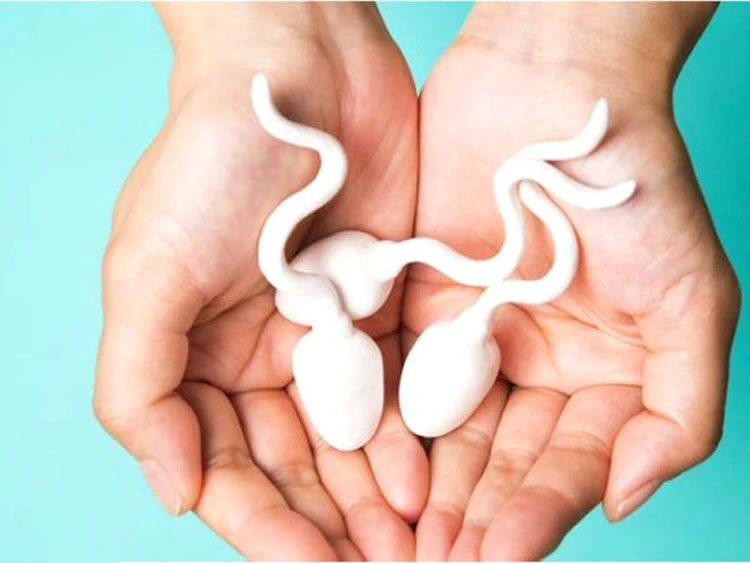

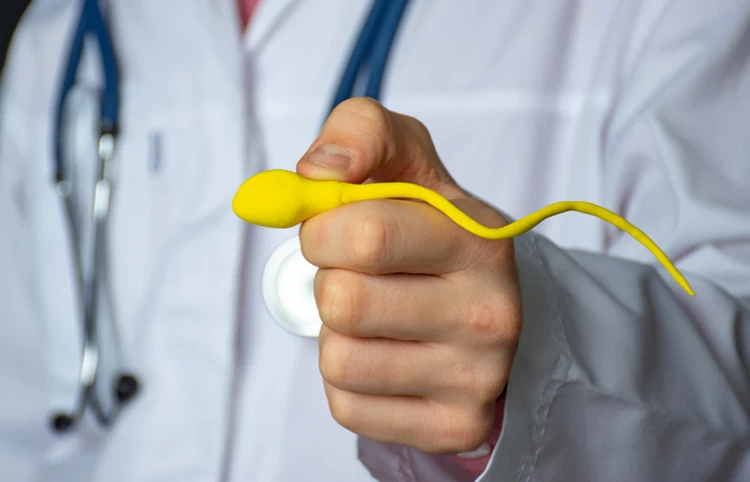
No reviews
Your comment